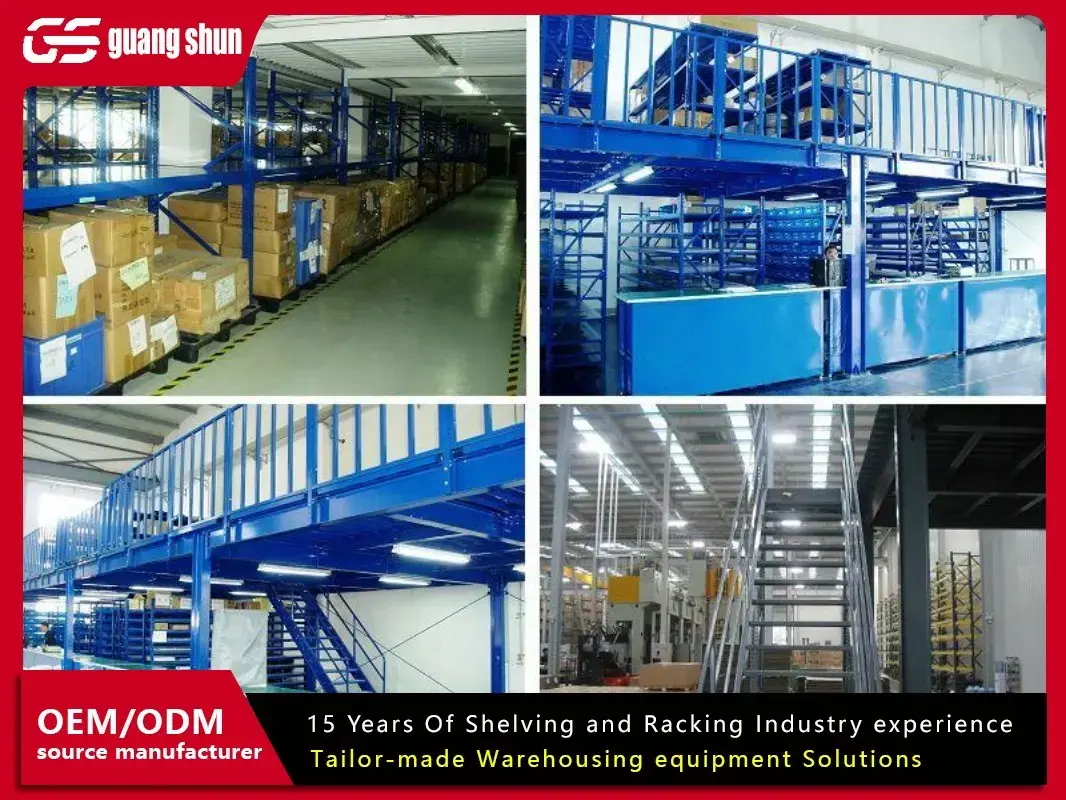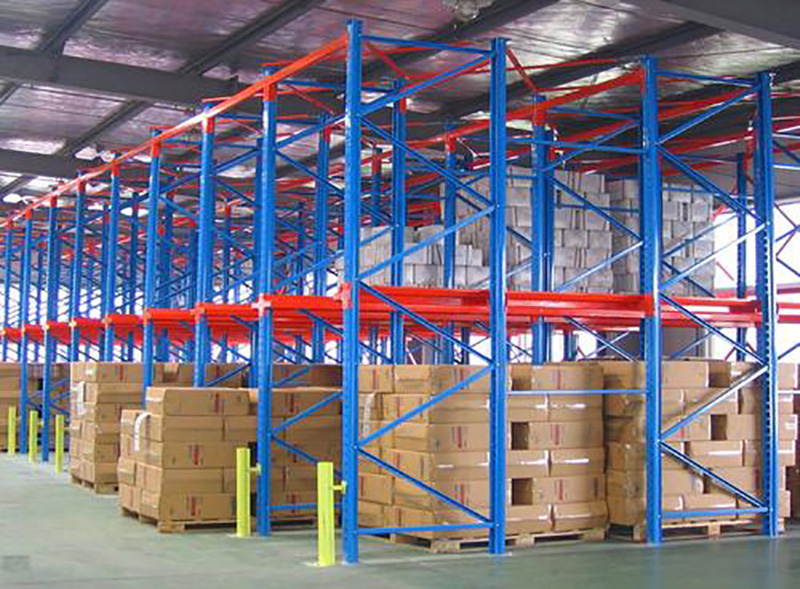Optimizing warehouse space and maximizing operational efficiency are constant challenges in logistics and supply chain management. At the heart of any well-organized warehouse lies its storage system. Selecting the right warehouse racking types is absolutely critical for safety, productivity, space utilization, and ultimately, your bottom line. With numerous options available, understanding the characteristics, advantages, and limitations of each major type is essential for making an informed decision. This comprehensive guide explores the most common and effective warehouse racking types to help you determine the best fit for your specific inventory and operational requirements.

1. Selective Pallet Racking: The Workhorse of the Warehouse
•Description: This is the most widely used of all warehouse racking types. It offers direct access to every single pallet position via aisles. Pallets are typically stored on horizontal load beams supported by vertical upright frames. The width, depth, and height of the racks are highly configurable.
•Structure: Comprises upright frames (columns), horizontal load beams (which slot into connectors on the uprights), and wire decking or pallet supports. Requires adequate aisle space for forklifts (counterbalance, reach trucks).
•Ideal For: Warehouses storing a large variety of SKUs with high selectivity requirements (where any pallet needs to be accessible at any time). Perfect for first-in, first-out (FIFO) inventory management.
•Advantages:100% direct access to every pallet.High flexibility – easily reconfigured as inventory needs change.Excellent visibility of stock.Compatible with most standard pallet sizes and forklift types.Relatively lower initial cost compared to some dense systems.
•Disadvantages:Lower storage density due to the requirement for multiple access aisles.Aisles can consume significant floor space (typically 11-13 feet wide for reach trucks).
•Variations: Includes conventional single-row selective racking and double-deep racking (which stores pallets two deep per bay, increasing density slightly but requiring specialized forklifts). Carton flow modules can also be integrated into selective racks for case picking.
2. Drive-In and Drive-Thru Racking: Maximizing Density for Homogeneous SKUs
•Description: These are high-density warehouse racking types designed to eliminate access aisles within the storage lanes themselves. Forklifts drive directly into the rack structure to place or retrieve pallets.Drive-In Racking: Configured with loading/unloading on one side only (LIFO – Last-In, First-Out access). Pallet lanes are supported by rails along the floor and guide rails overhead.Drive-Thru Racking: Configured with loading on one side and unloading on the opposite side (FIFO access possible). Requires access aisles at both ends.
•Structure: Consists of robust upright frames and rails (instead of horizontal beams) that form the storage lanes. Requires sturdy vertical guides to protect the structure.
•Ideal For: Storing large quantities of a limited number of SKUs with low turnover, or where production sequencing (FIFO in drive-thru) is crucial. Excellent for cold storage where space is at a premium.
•Advantages:Very high storage density (up to 75%+ space utilization).Reduced aisle requirements – only one main access aisle per bank is needed for drive-in; access aisles at each end for drive-thru.Good for bulk storage of homogeneous products.
•Disadvantages:Lower selectivity – pallets stored deeper in the lane are less accessible (especially in drive-in/LIFO).Slower throughput compared to selective racking due to the time spent driving in/out of lanes.Requires highly skilled forklift operators due to the confined maneuvering space.Higher risk of product and rack damage from forklift contact.Generally higher initial cost per pallet position than selective racking.

3. Push Back Racking: Dynamic LIFO Storage with Increased Density
•Description: A popular dynamic storage system among warehouse racking types that offers a balance between selectivity and density using a LIFO principle. Pallets are stored on nested carts that ride on inclined rails within the rack structure.
•Structure: Built with inclined rails (typically 3-6° slope) set on multiple levels within a structural frame. Each lane holds multiple pallets deep (commonly 2-6 deep). Pallets rest on wheeled carts.
•How it Works: When a new pallet is loaded into a lane, it pushes the existing pallets back. When unloading, the first pallet retrieved is the last one loaded (LIFO). The pallets behind it automatically roll forward to the front position.
•Ideal For: Operations needing higher density than selective racking but requiring better selectivity than drive-in, especially for medium-turnover inventory managed under LIFO. Good for multiple SKUs stored in dedicated lanes.
•Advantages:Higher storage density than selective racking (typically 50-75% more pallet positions in the same footprint).Only one access aisle needed per bank of racks.Pallets are always accessible from the front (no driving into lanes).Faster load/unload cycles than drive-in/drive-thru.Multiple pallet depths per lane possible.
•Disadvantages:LIFO access only – not suitable for FIFO inventory.Lower selectivity per lane compared to selective racking (access is only to the front pallet per lane).Higher cost per pallet position than selective racking.Requires consistent pallet quality and weight distribution.
4. Pallet


